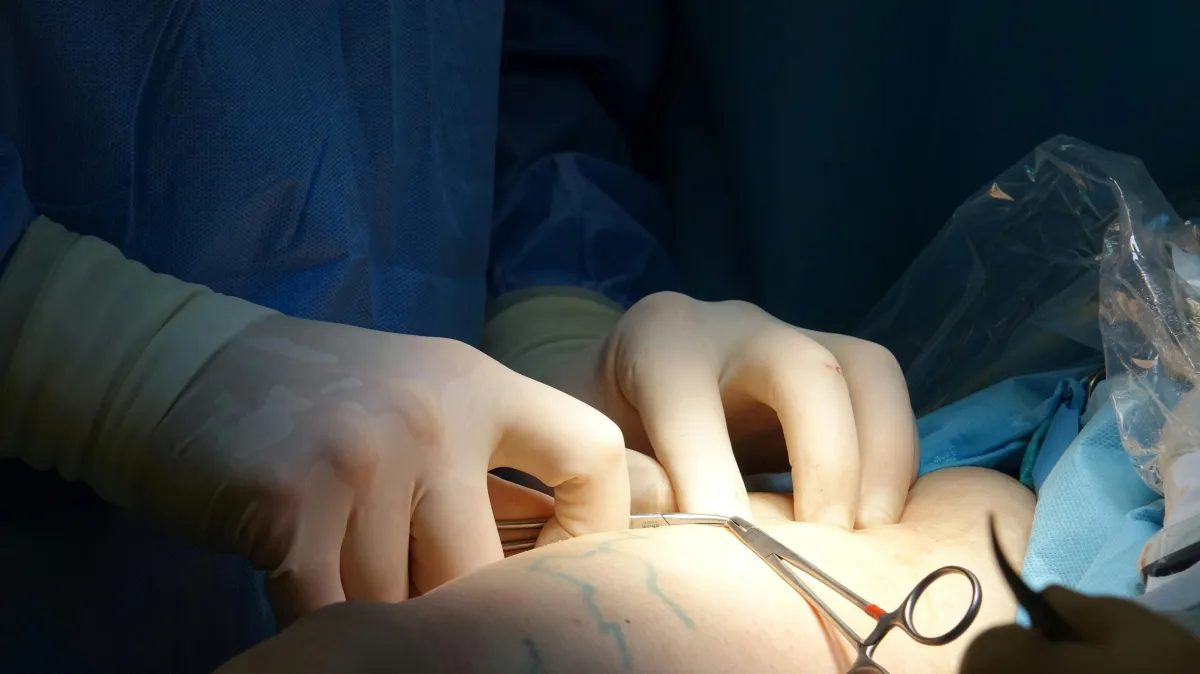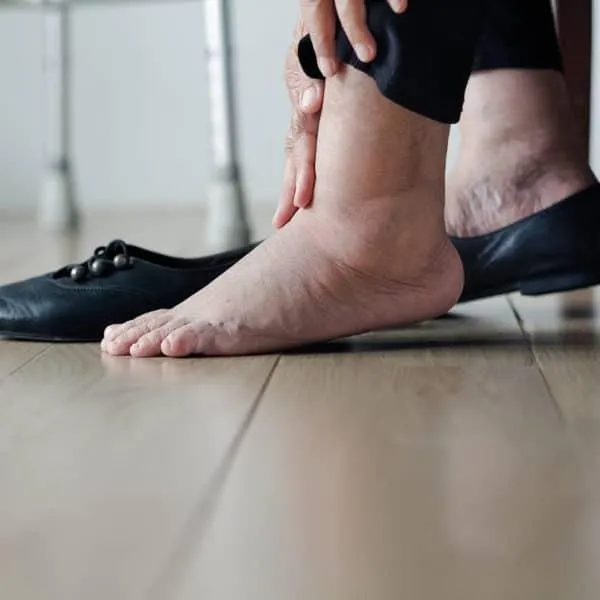Surgical Incisions, Infections, and Wound Care
A surgical incision is a cut made through the skin and soft tissue during an operation. The size and location of the incision will vary depending on the type of surgery. Proper care of your surgical incision is crucial to prevent infection and promote healing.
Find Wound Care Near You
If you or a loved one is struggling with a wound that won’t heal, a Royal Wound Care Wound Care Center can help. Since there is no need for a referral, your treatment is only a click and call away.
Types of Incisions
Primary Closure: The wound edges are brought together and closed with sutures, staples, or adhesive strips. This is the most common type of incision closure.
Secondary Closure: The wound is left open to heal from the bottom up. This may be necessary for wounds that are infected or have a large amount of tissue loss.
Delayed Primary Closure (Tertiary Closure): The wound is initially left open for a period of time (usually a few days) to allow for drainage or to ensure no infection is present. It is then closed with sutures, staples, or adhesive strips.

Potential Complications: Surgical Site Infections (SSIs)
A surgical site infection (SSI) is an infection that occurs in the area where surgery was performed. SSIs can range from minor skin infections to more serious infections involving deeper tissues, organs, or implanted materials.
Risk Factors for SSIs:
Type of surgery: Some surgeries have a higher risk of infection than others.
Length of surgery: Longer surgeries increase the risk of infection.
Underlying health conditions: Conditions such as diabetes, obesity, and a weakened immune system can increase the risk.
Smoking: Smoking impairs wound healing and increases the risk of infection.
Age: Older adults may be at higher risk.
Shaving: Shaving near the surgical site can create tiny cuts that allow bacteria to enter.
Signs and Symptoms of an SSI:
Redness and swelling around the incision
Increased pain or tenderness
Redness and swelling around the incision
Increased pain or tenderness
Drainage of pus or cloudy fluid from the incision
Fever
Warmth at the incision site
A bad smell coming from the incision
Separation of the incision edges (dehiscence)
If you experience any of these symptoms, contact your healthcare provider immediately.

The Impact of Heart Health on Wound Healing
1 in 2 Americans suffer from a cardiovascular disease. Coronary artery disease, peripheral artery disease and other issues with the heart and vessels can cause blockages that obstruct the flow of blood.
Learn the Facts
Every hour, over 100 Americans are hospitalized for wound-related complications.
every 33 seconds
someone in the U.S. dies from cardiovascular disease.
1 in 5 Wounds
won’t heal without specialized care.
1 in 4 Americans
over age 65 will develop a chronic wound in their lifetime.
15% of Medicare Beneficiaries
Will experience a wound or wound-related infection annually.
$50 billion+
spent annually on wound-related complications in the U.S.
Heart Health Resources for Patients

The Role of Nutrition and Vitamins in Wound Healing
The road to recovery after prostate cancer treatment isn’t just about procedures—it's also about what’s on your plate. Your body needs more nutrients to rebuild tissue, strengthen your immune system, and generate new skin. When paired with expert wound care, the right diet can dramatically accelerate healing and restore strength faster.

What Are Compression Stockings and How Do They Help?
Compression stockings are medical-grade garments designed to boost blood flow and minimize swelling in your feet, ankles, and legs. By applying targeted pressure, they prevent fluid buildup—a key cause of chronic pain, fatigue, and delayed healing. Whether you’re managing venous issues or recovering from surgery, they offer effective, everyday support.
WEST HILLS
7230 Medical Center Dr. Suite 100
West Hills, CA 91307
(818)–660–2977
BEVERLY HILLS
9735 Wilshare Blvd #210B
Beverly Hills, CA 90212
(818)–660–2977
If you are interested in making an appointment, please click here to find a Wound Care Center near you.
Request an Appointment at a Royal Wound Care Facility near you.
Royal Wound Care is the expert in wound healing. Our board-certified wound care specialists are ready to help you begin your healing journey. Click the button below to request an appointment at a Wound Care Center near you—no referral needed
© 2025 Royal Wound Care, LLC. All rights reserved.
site by Growth Partners Marketing
